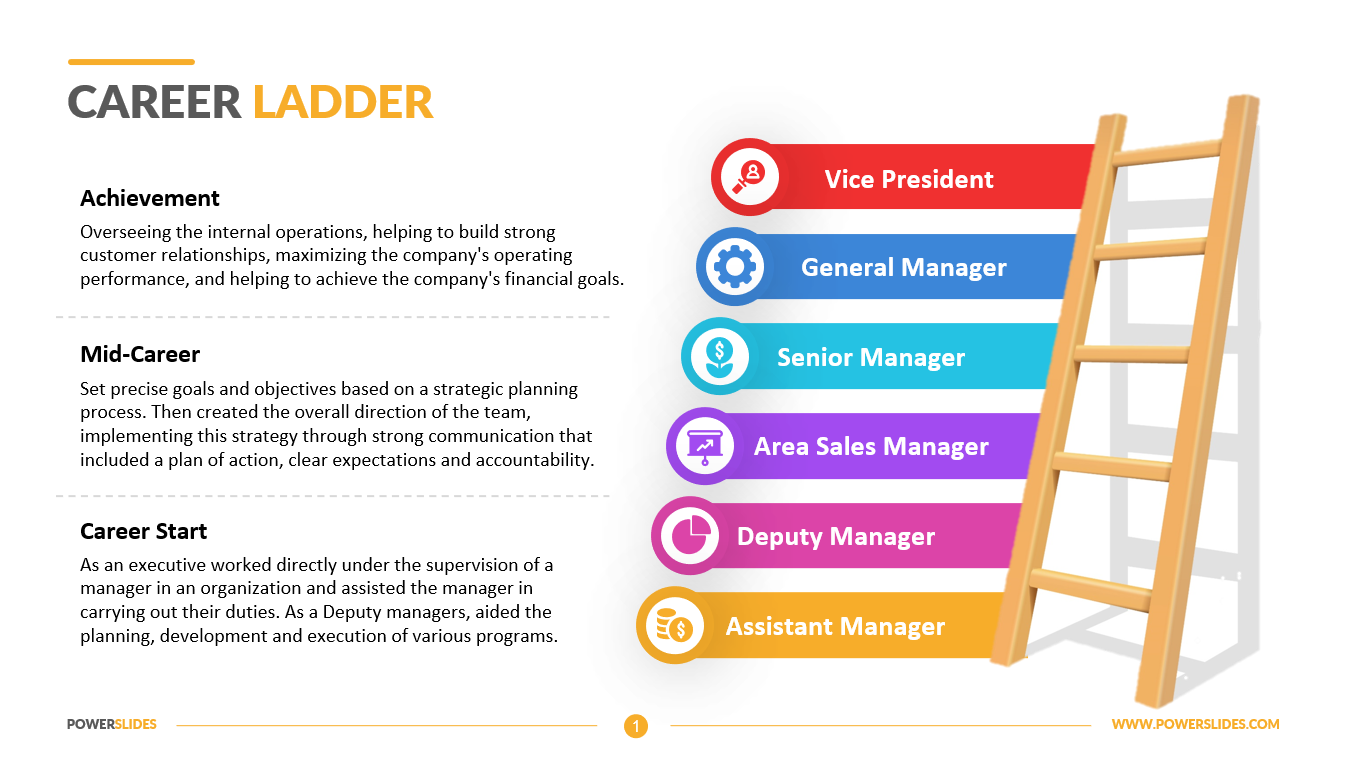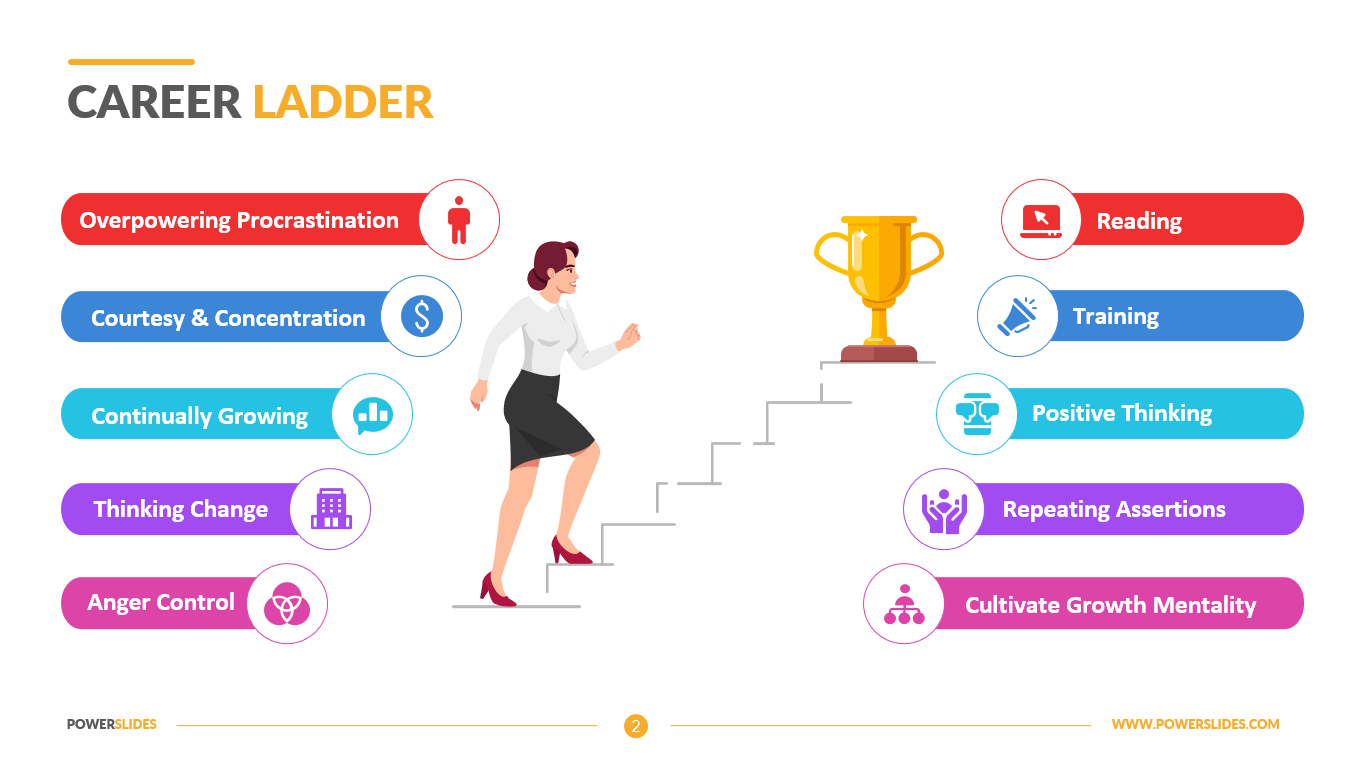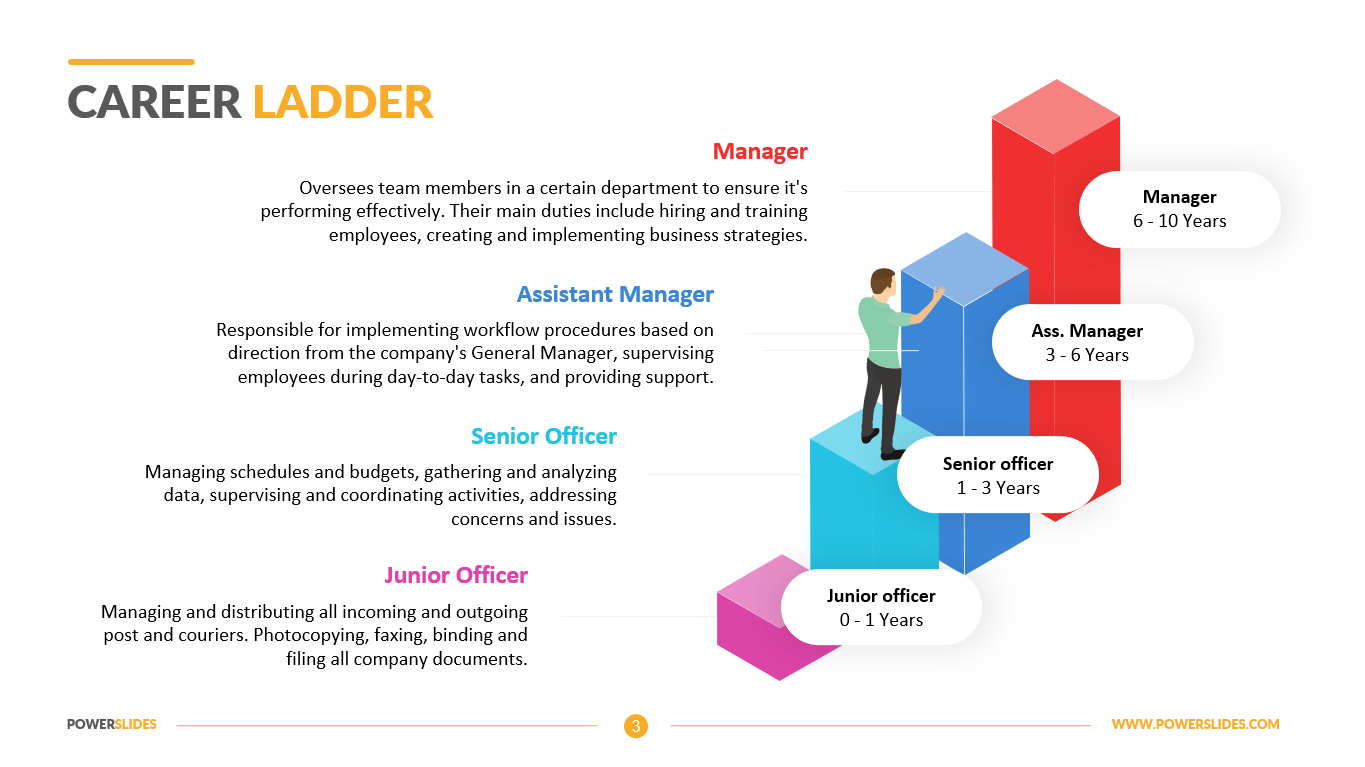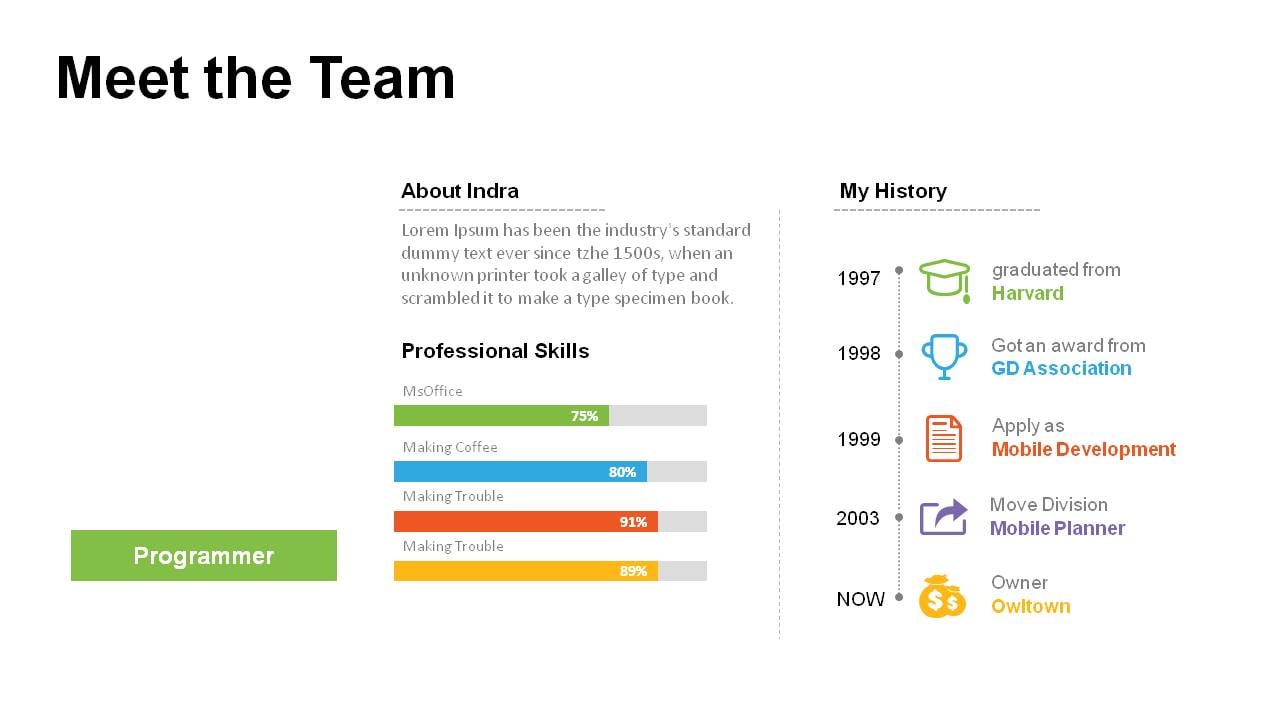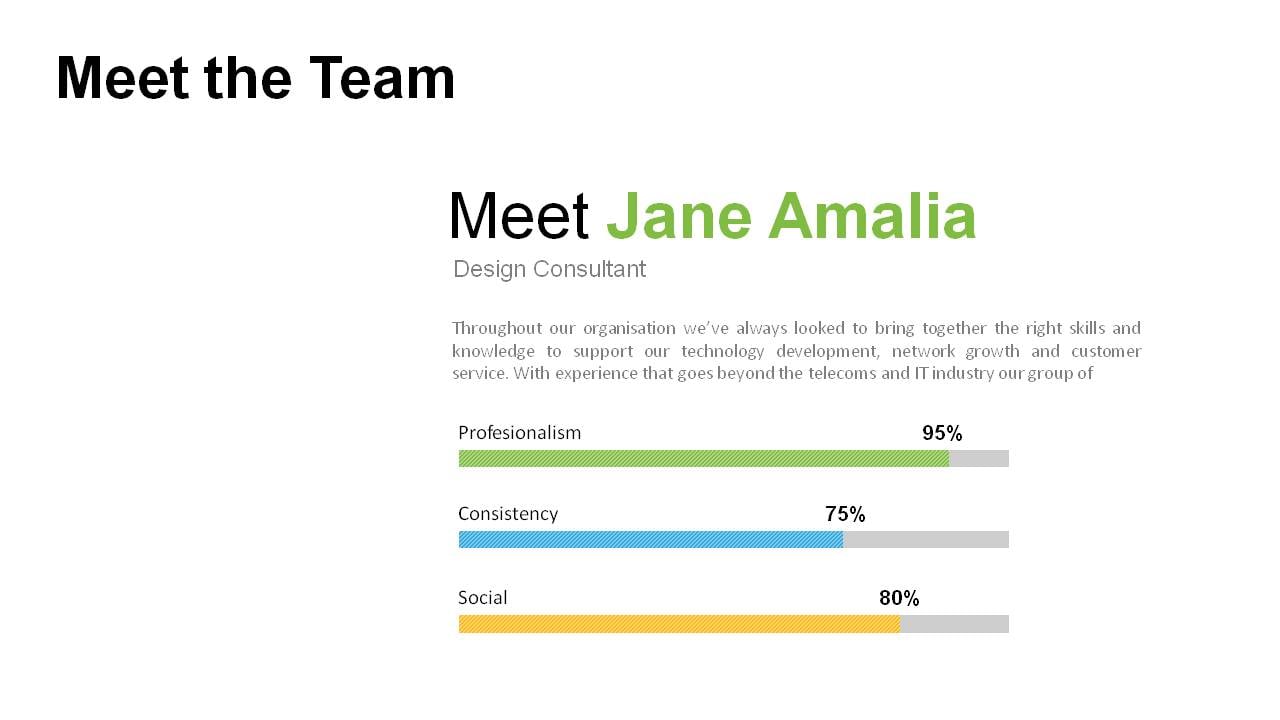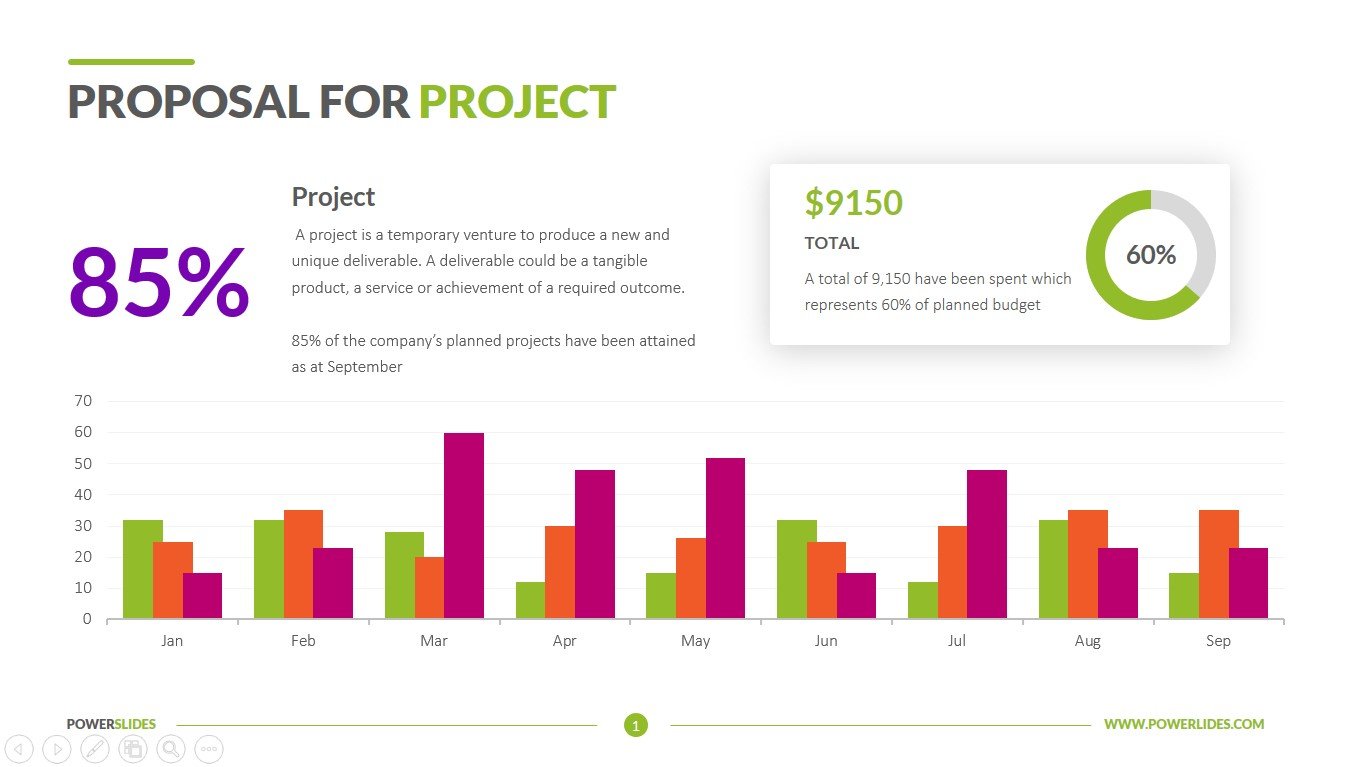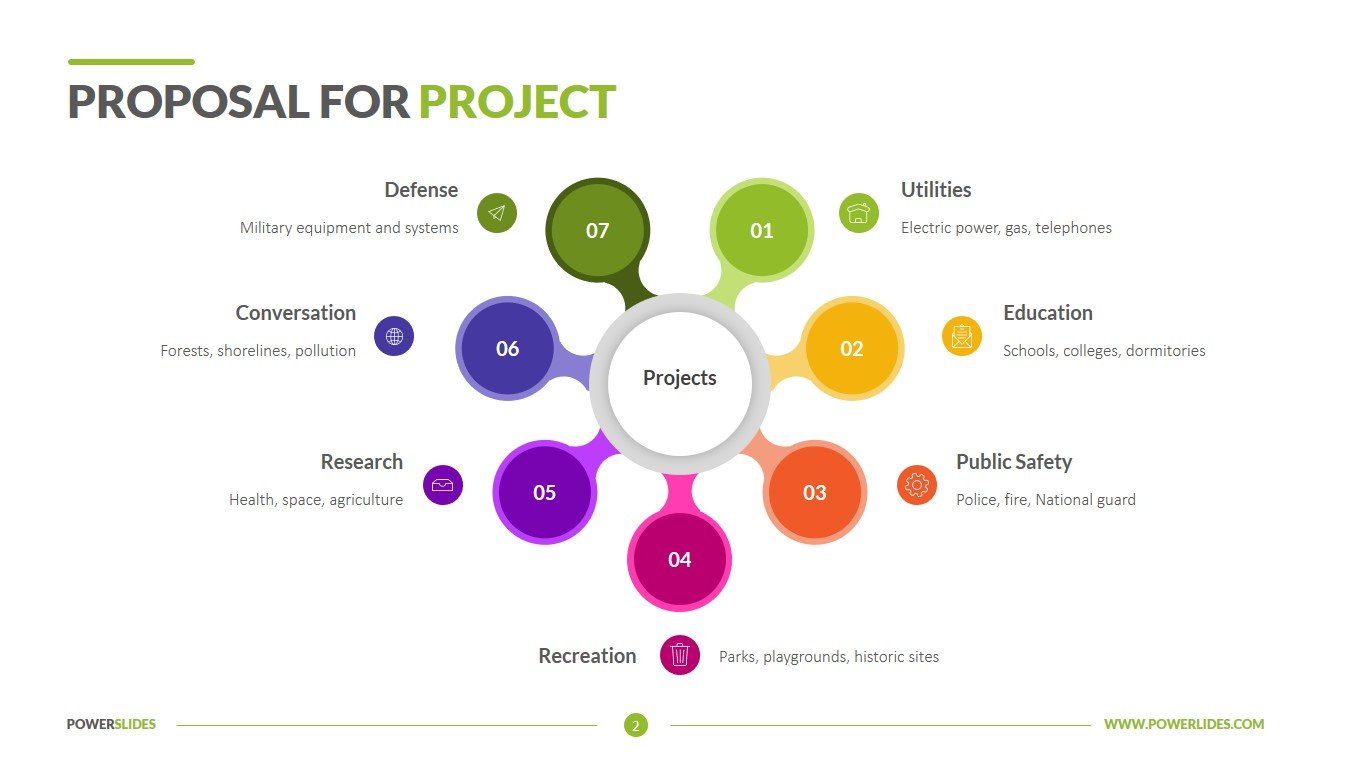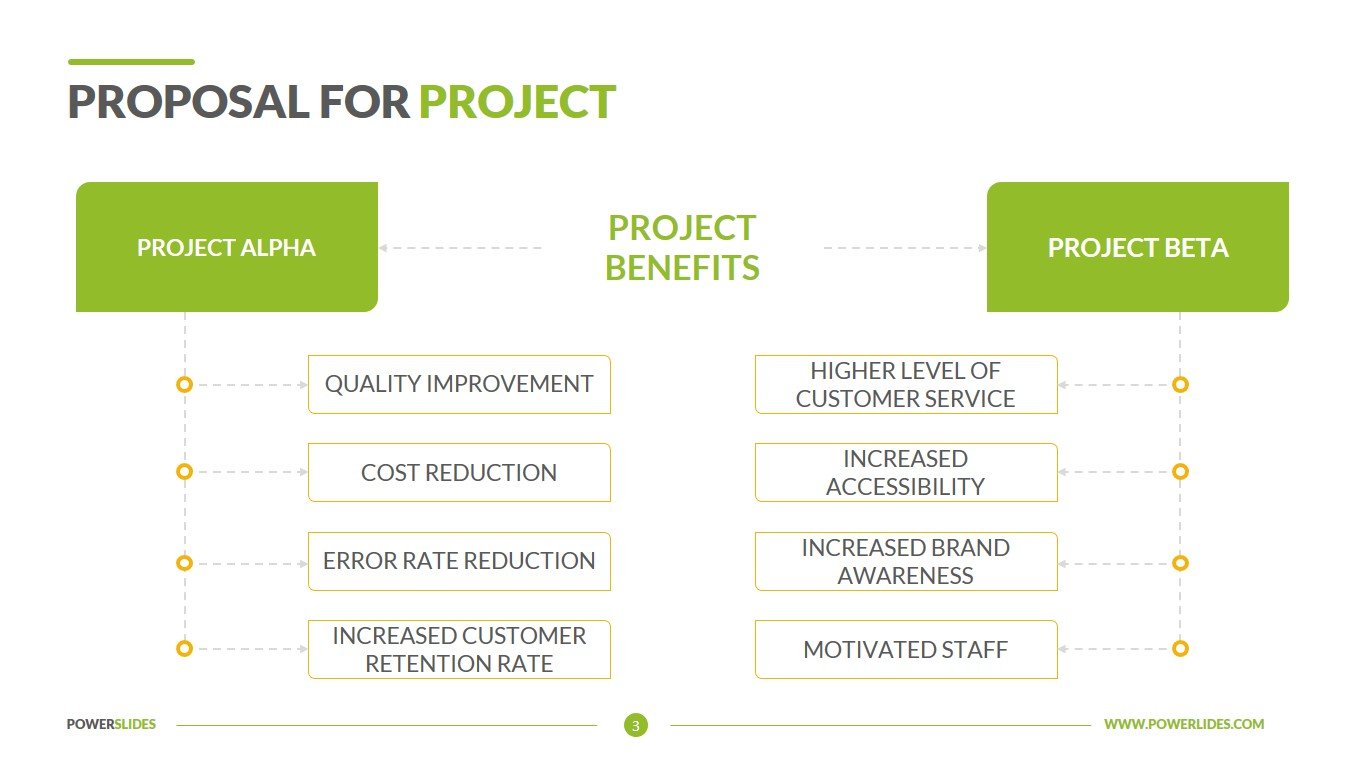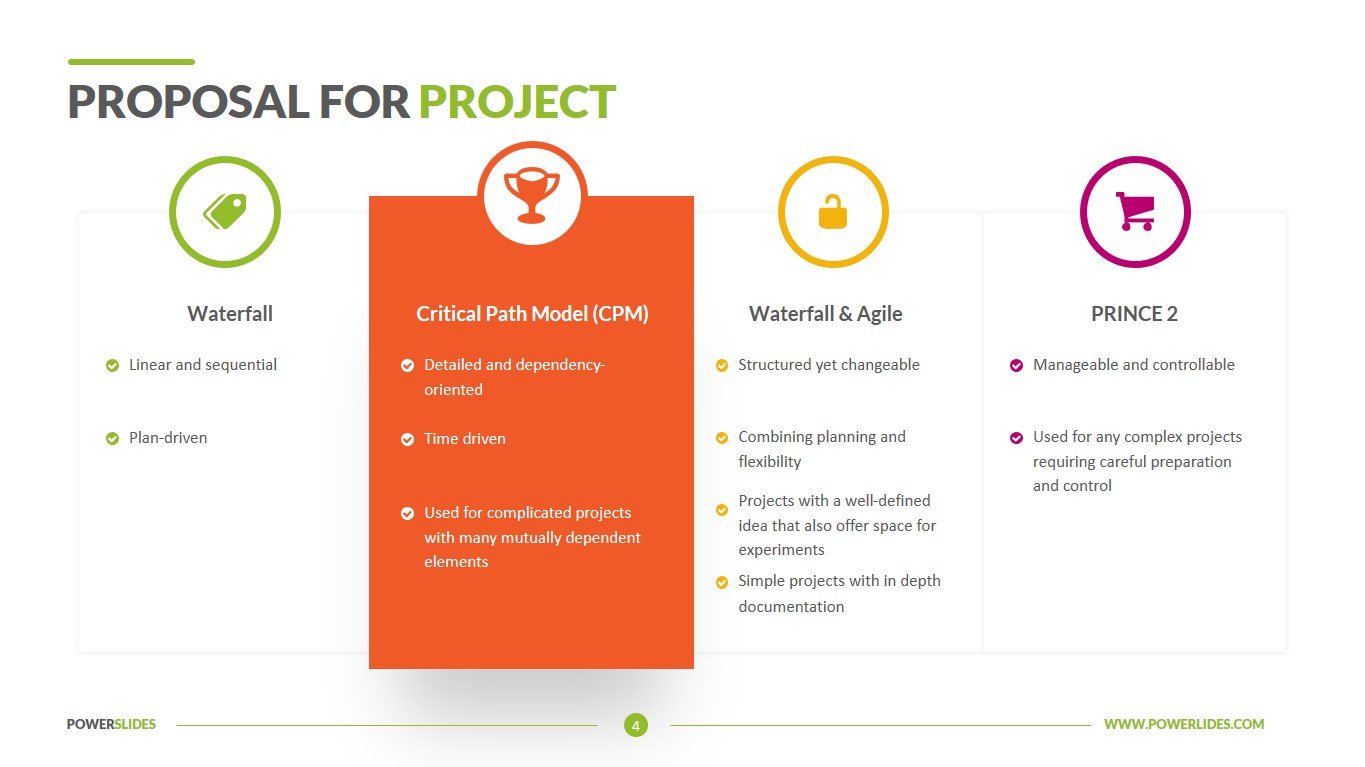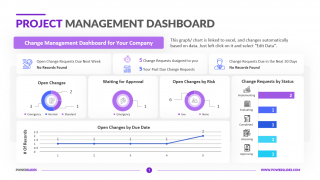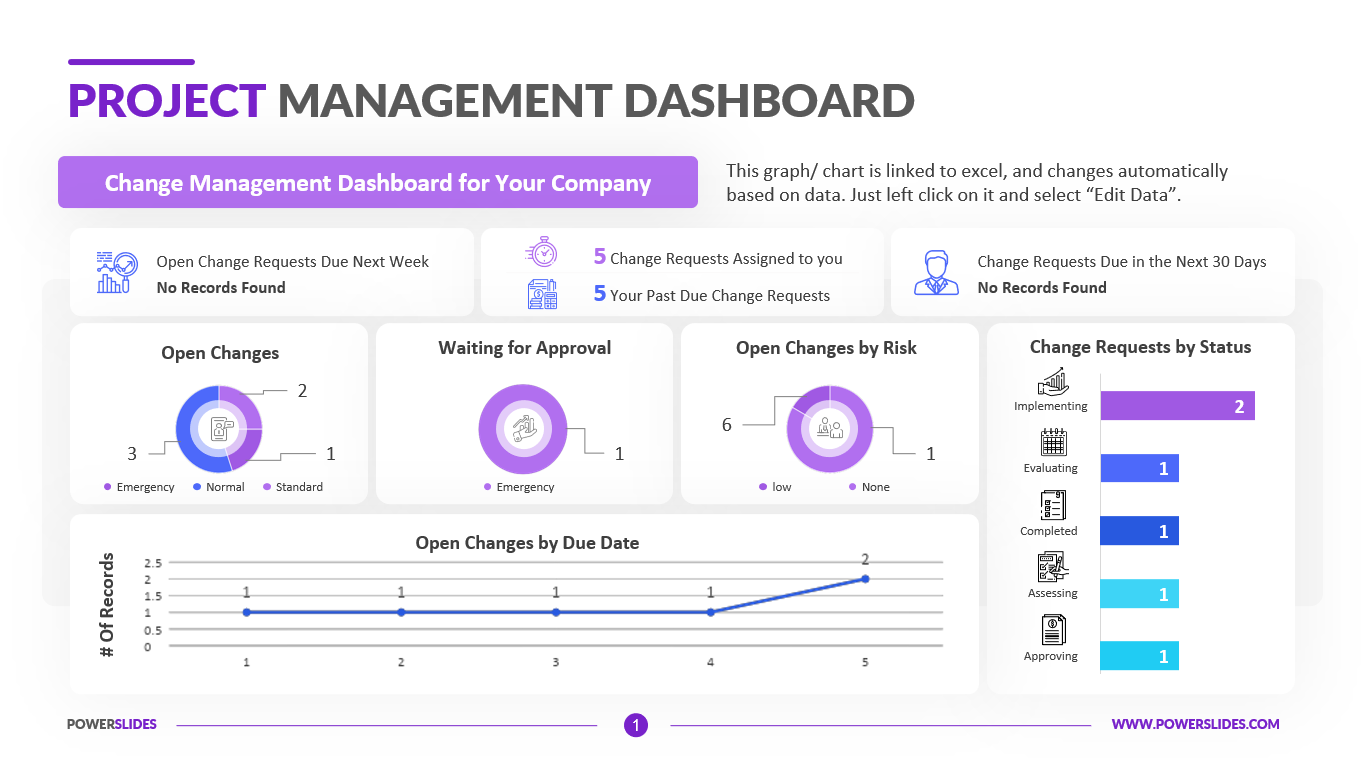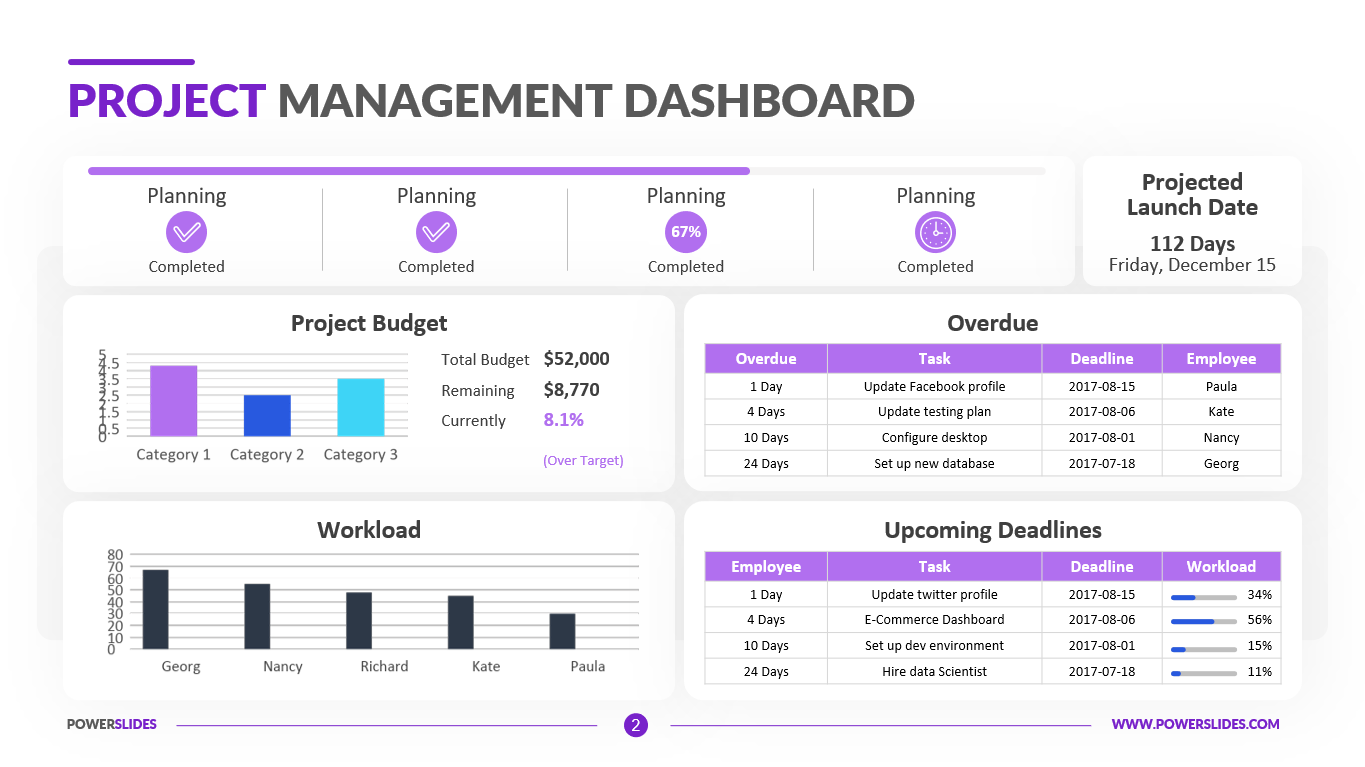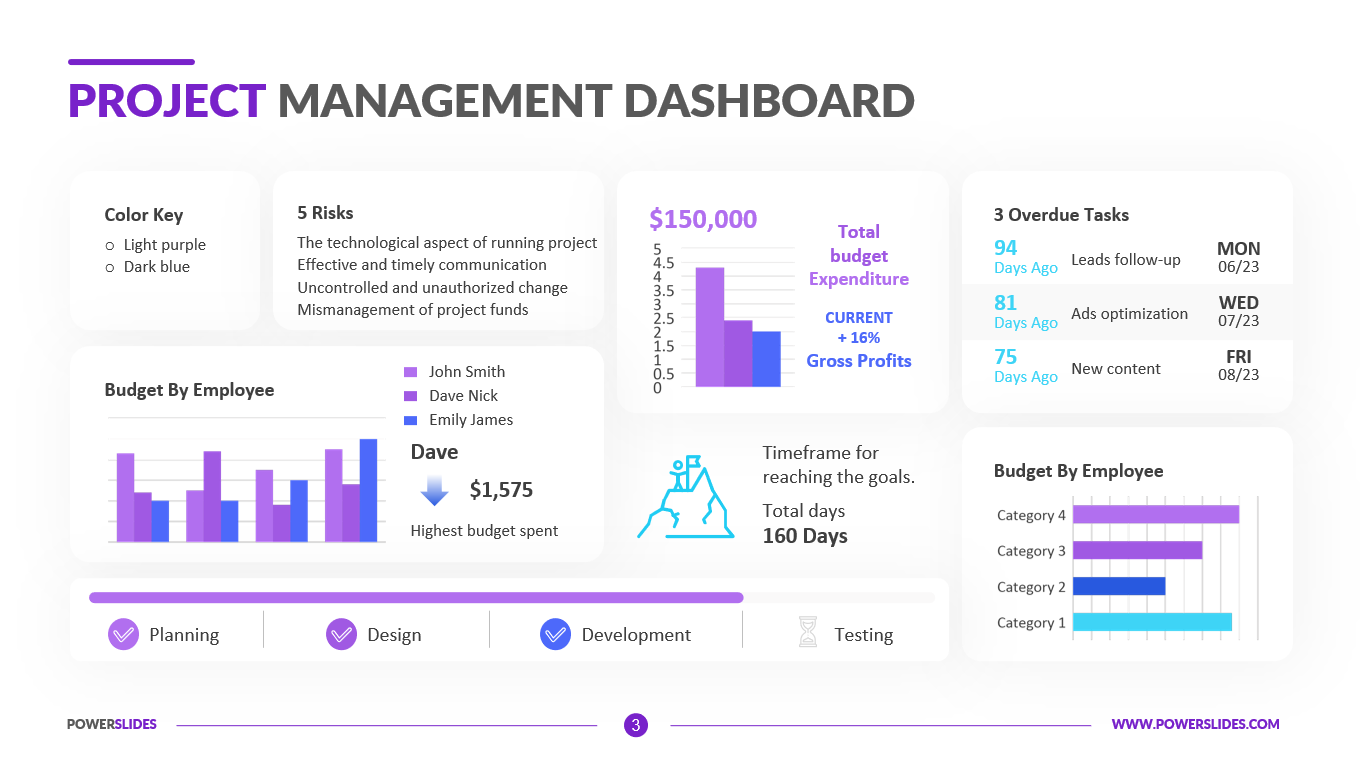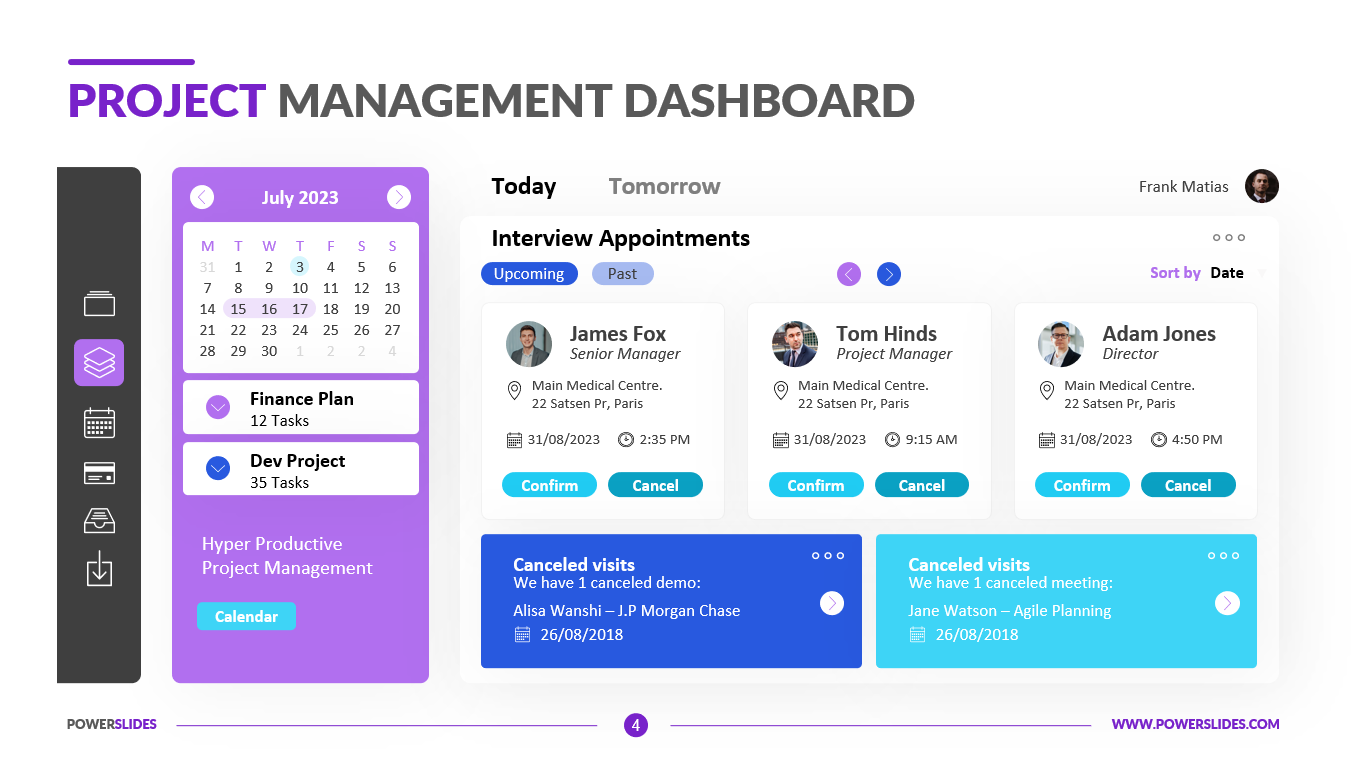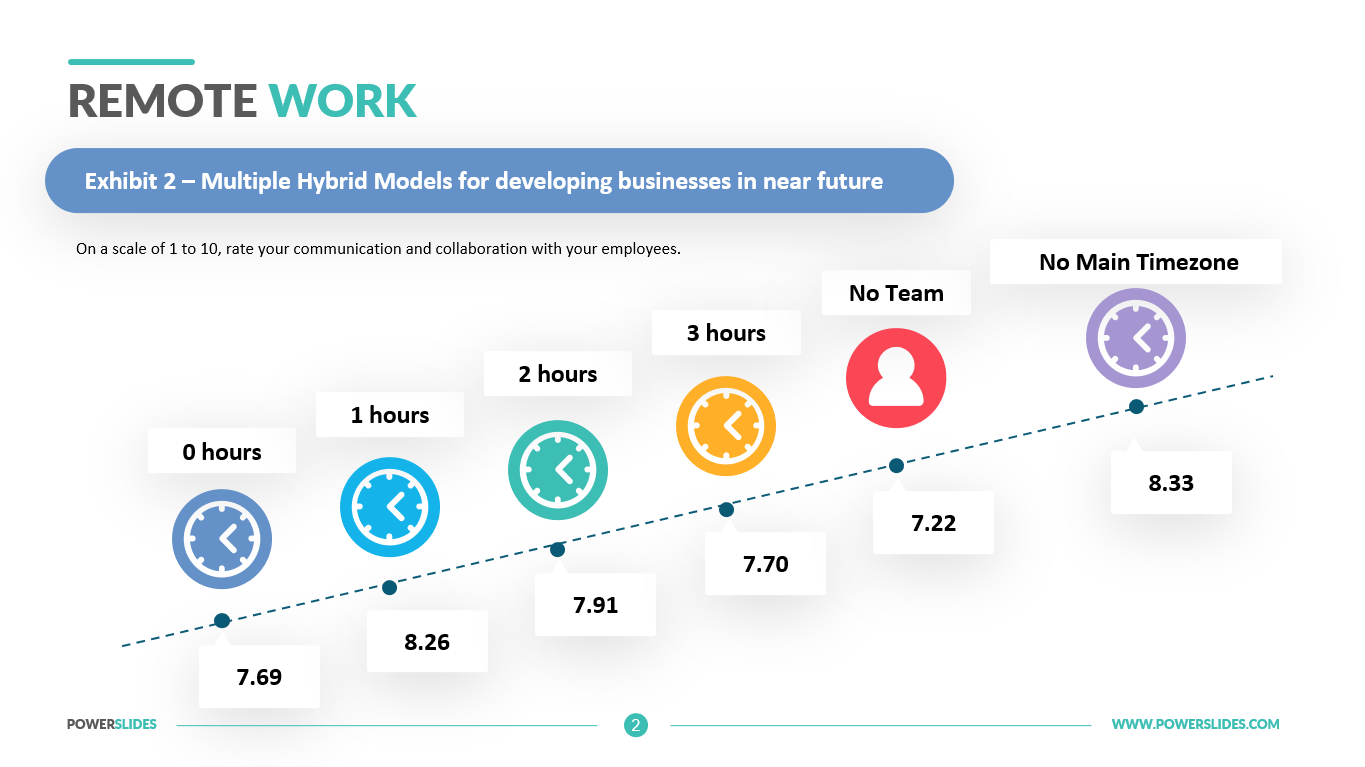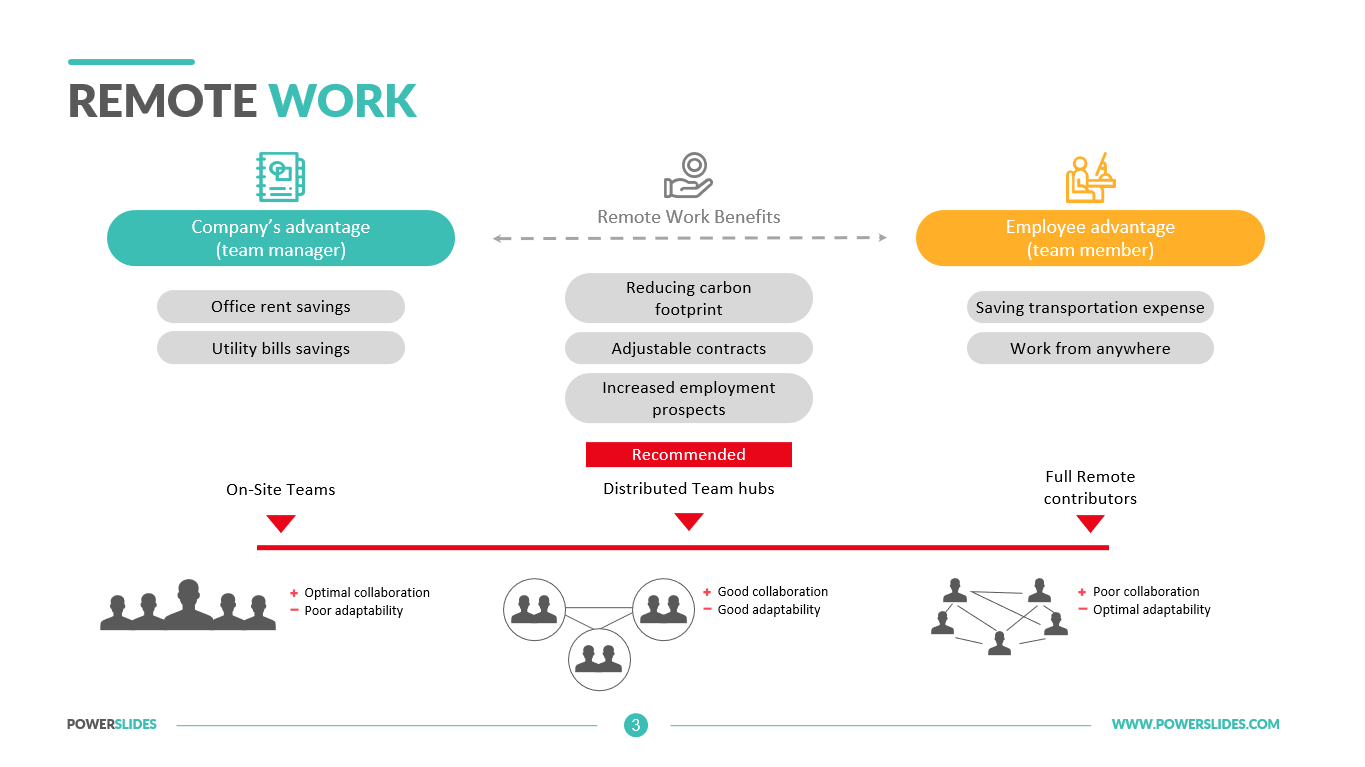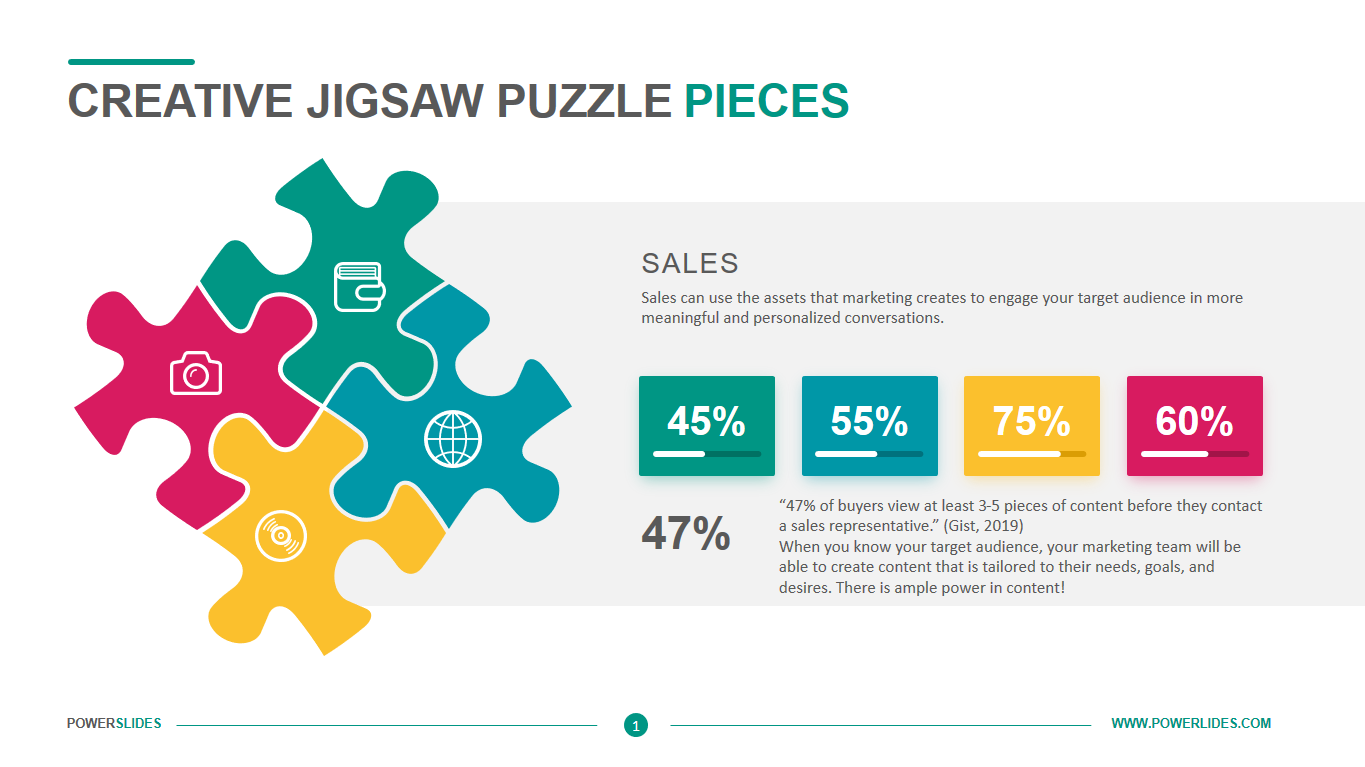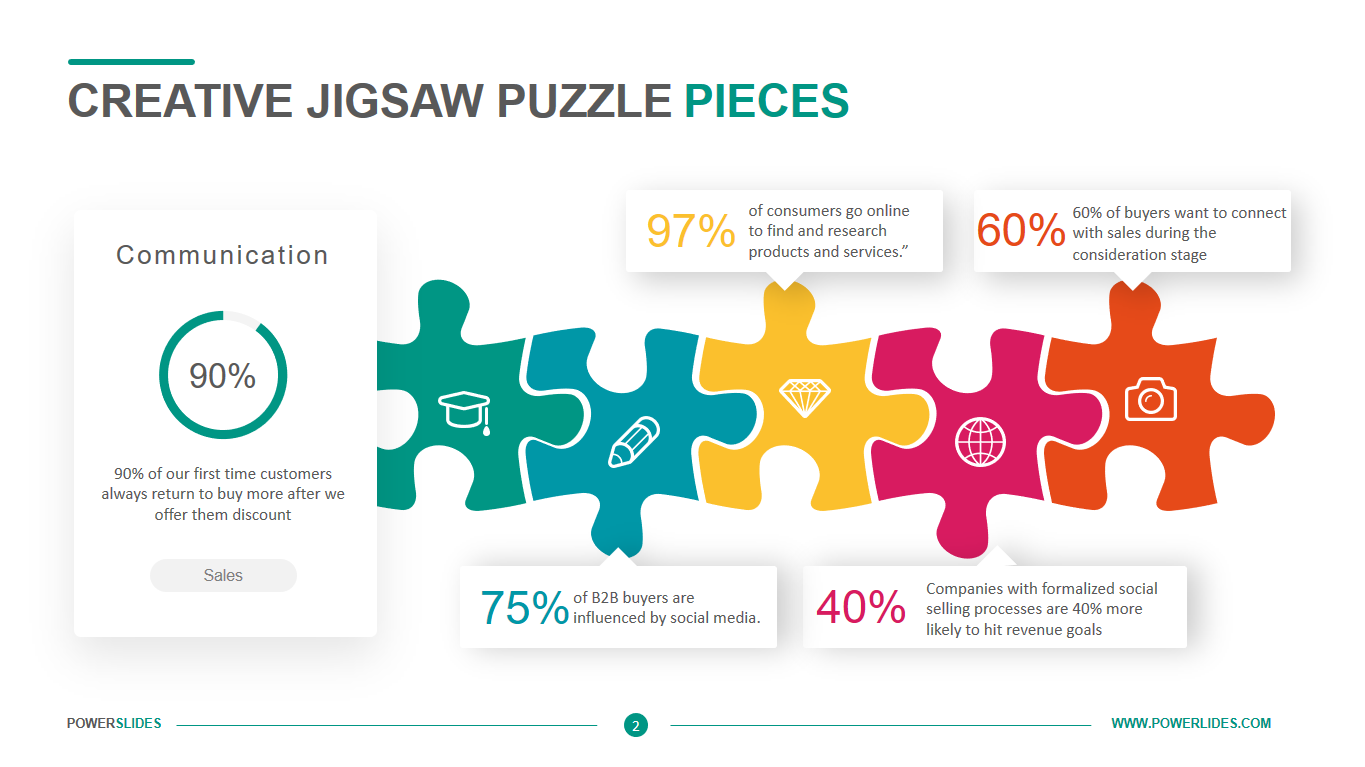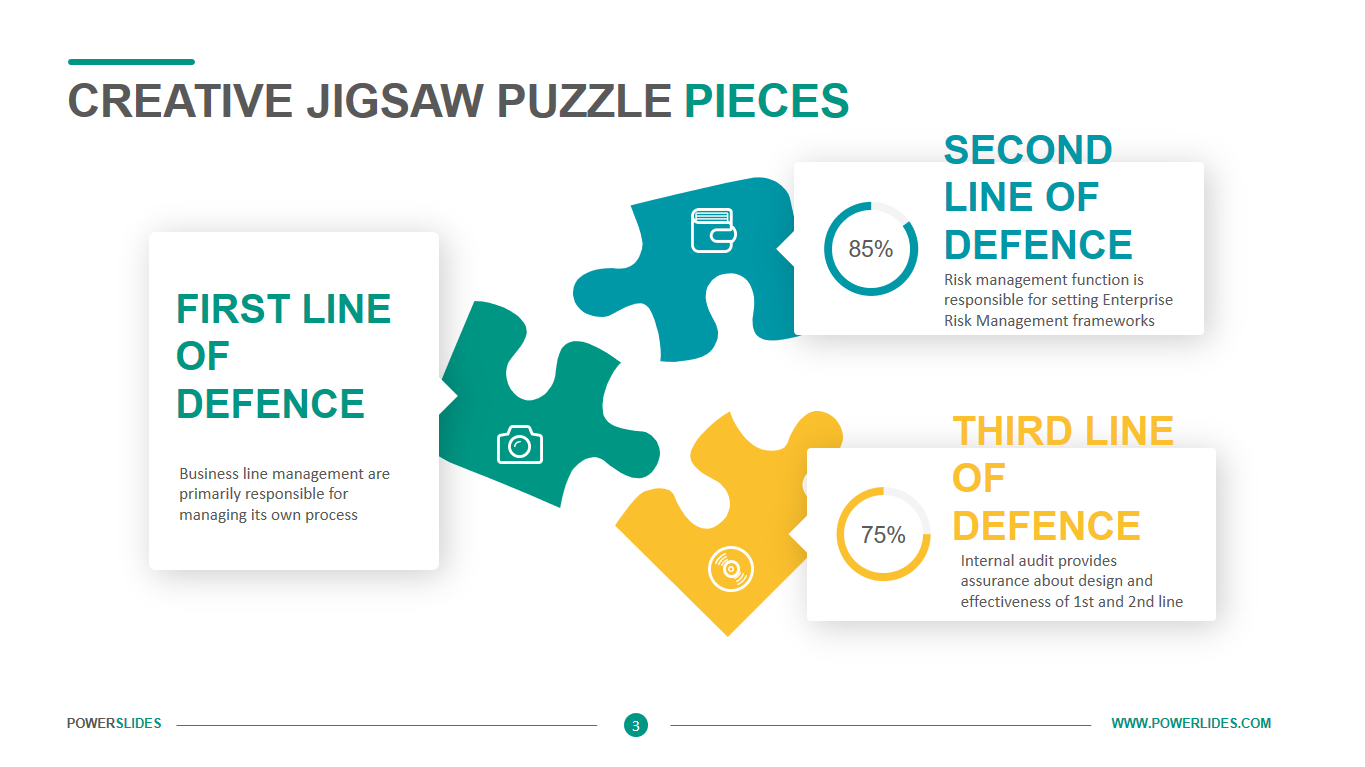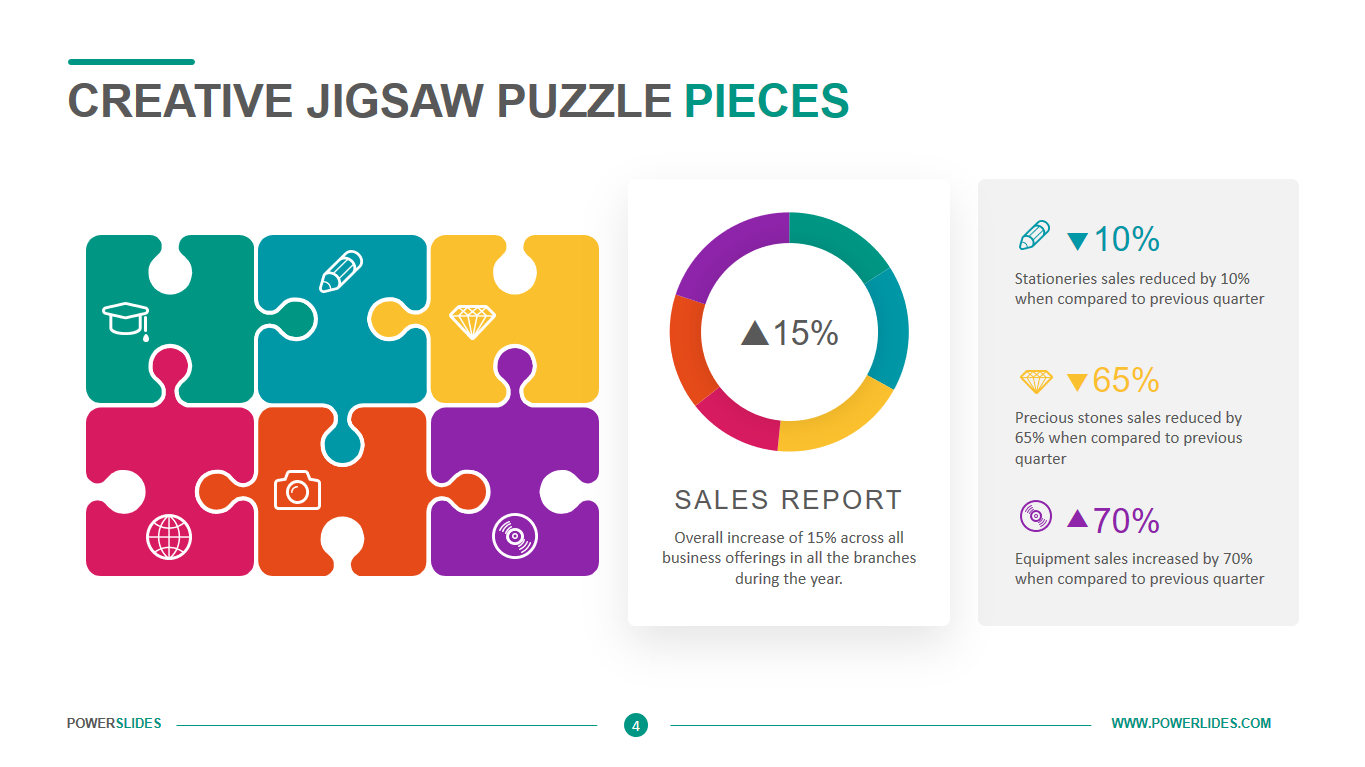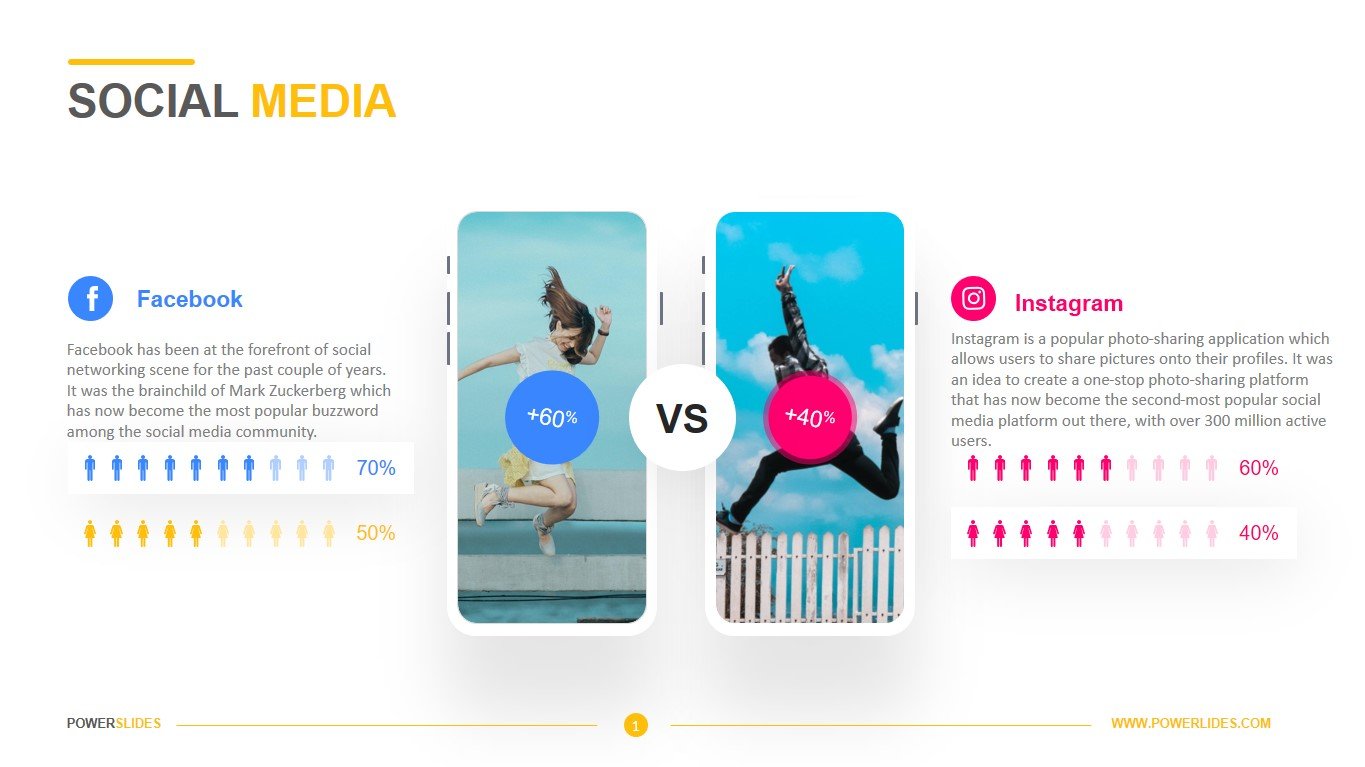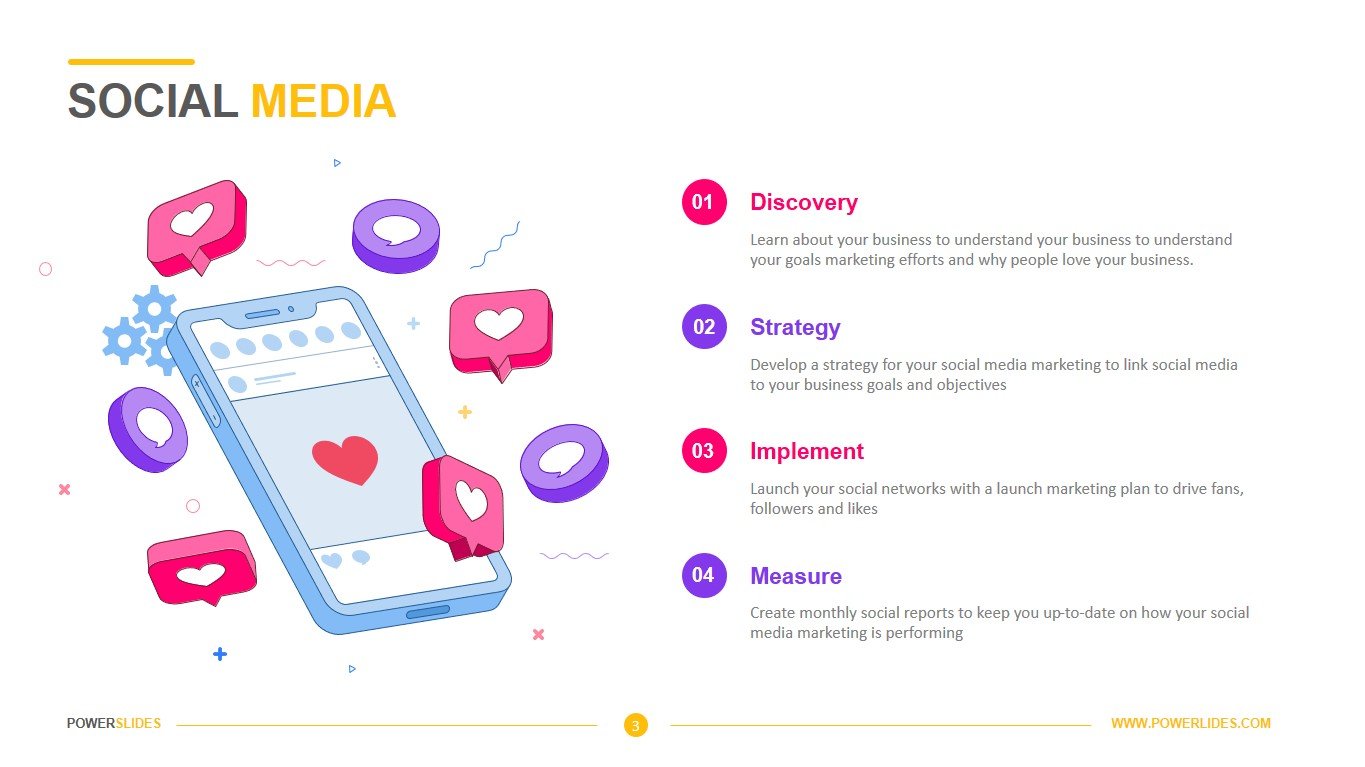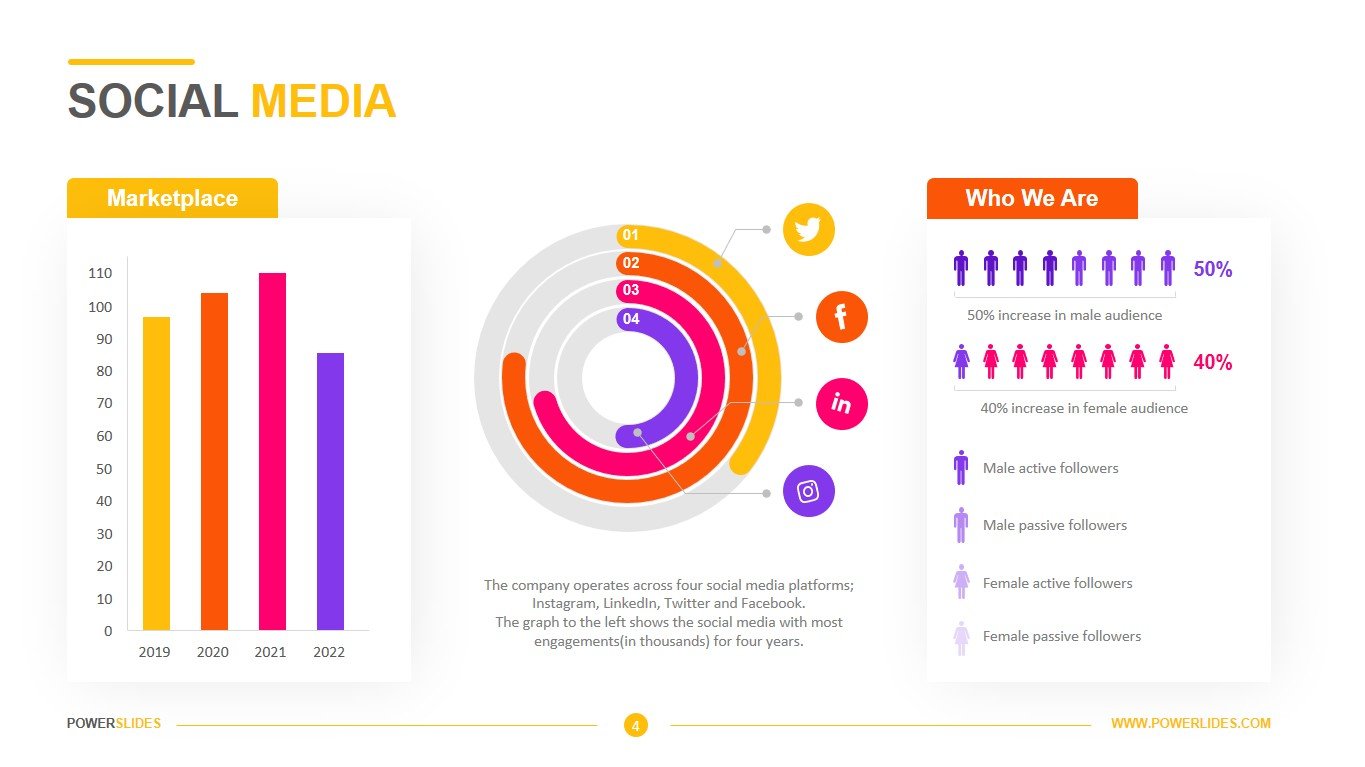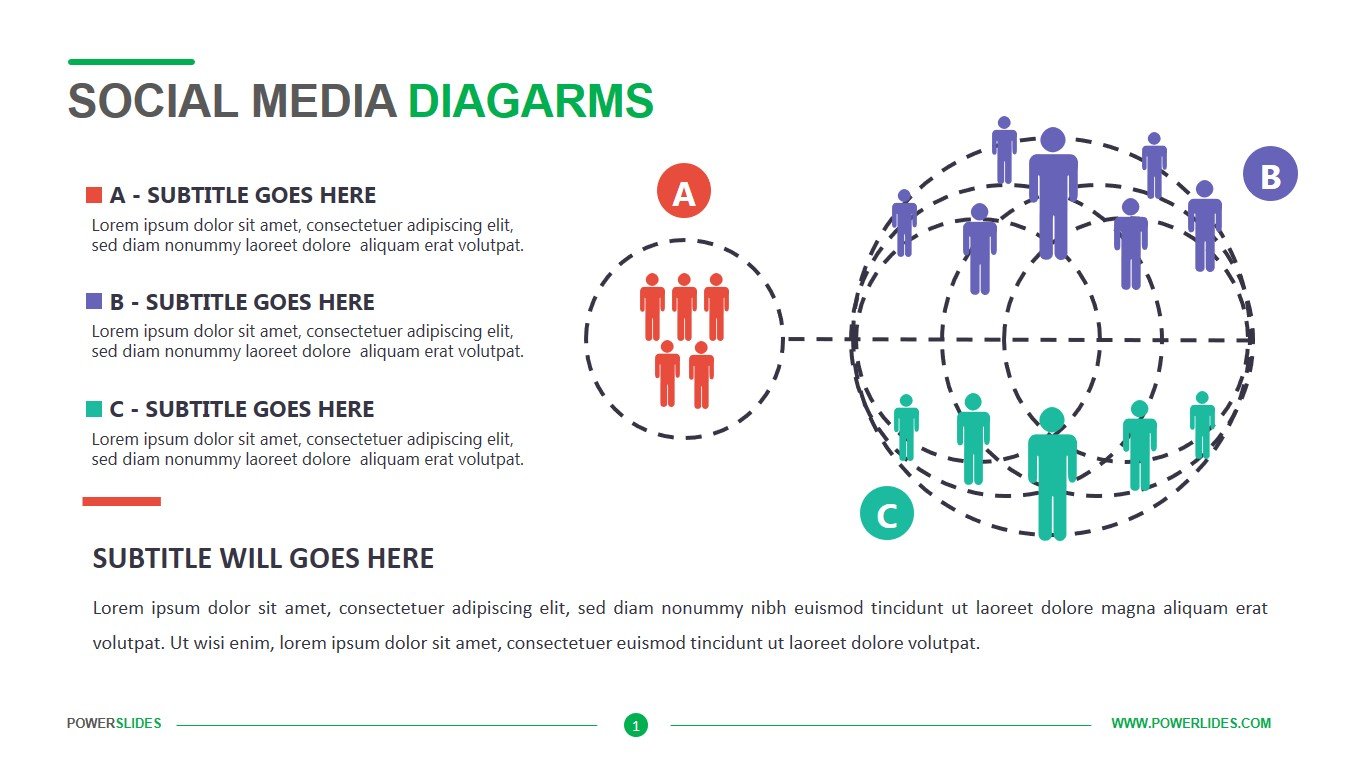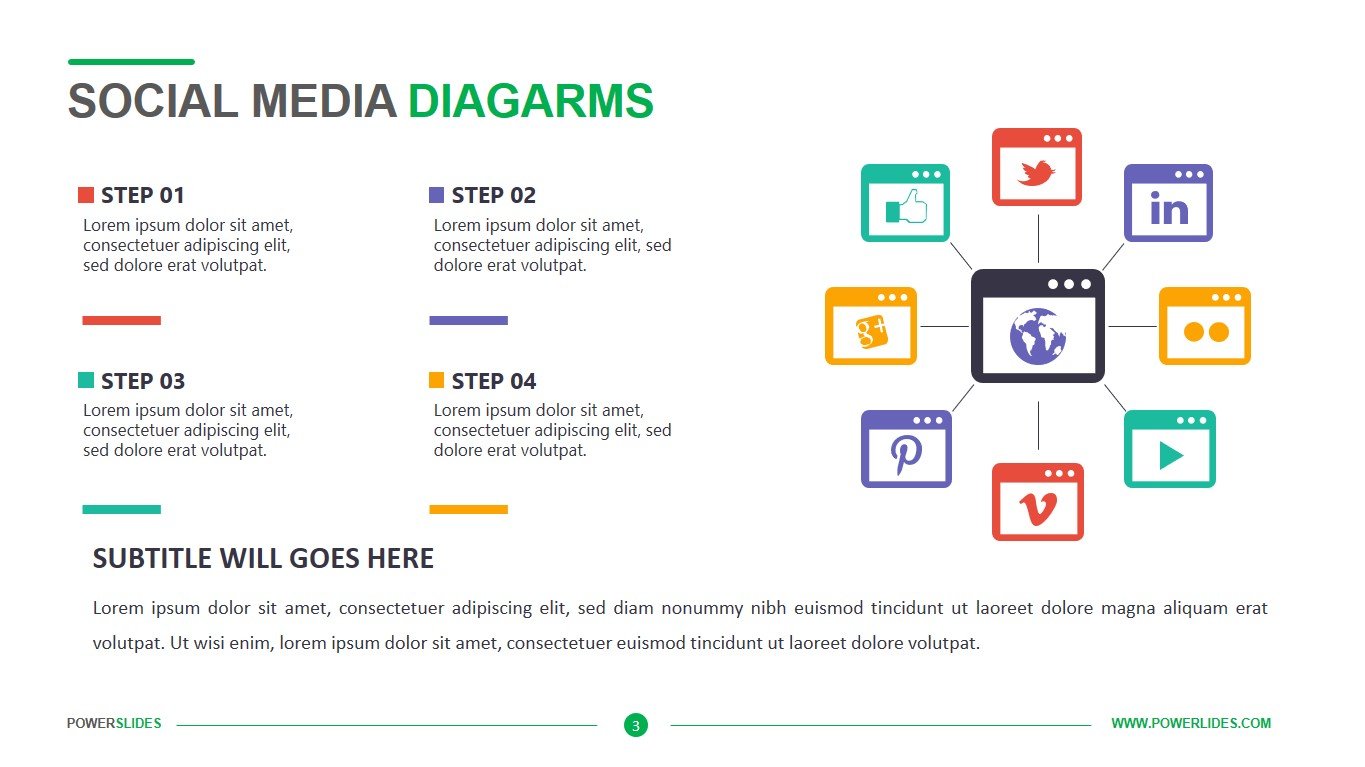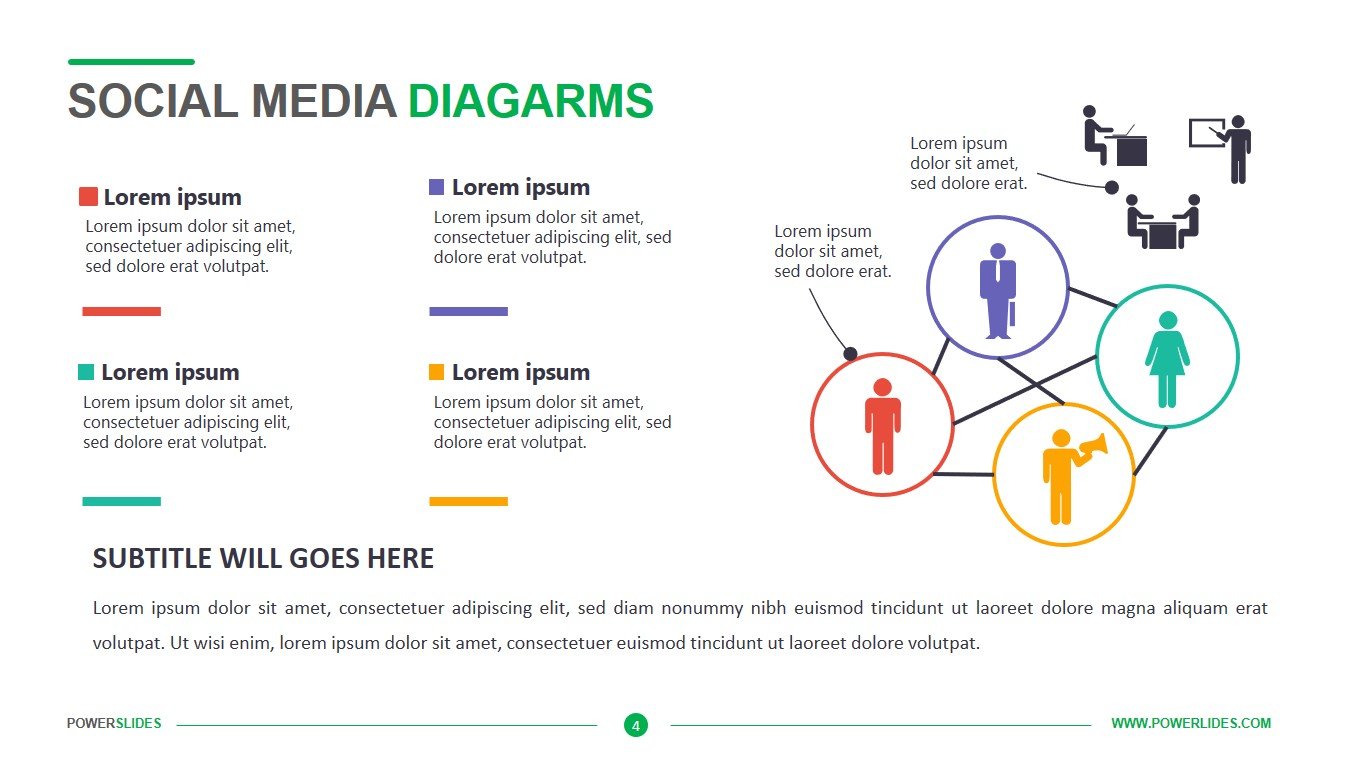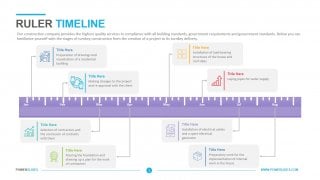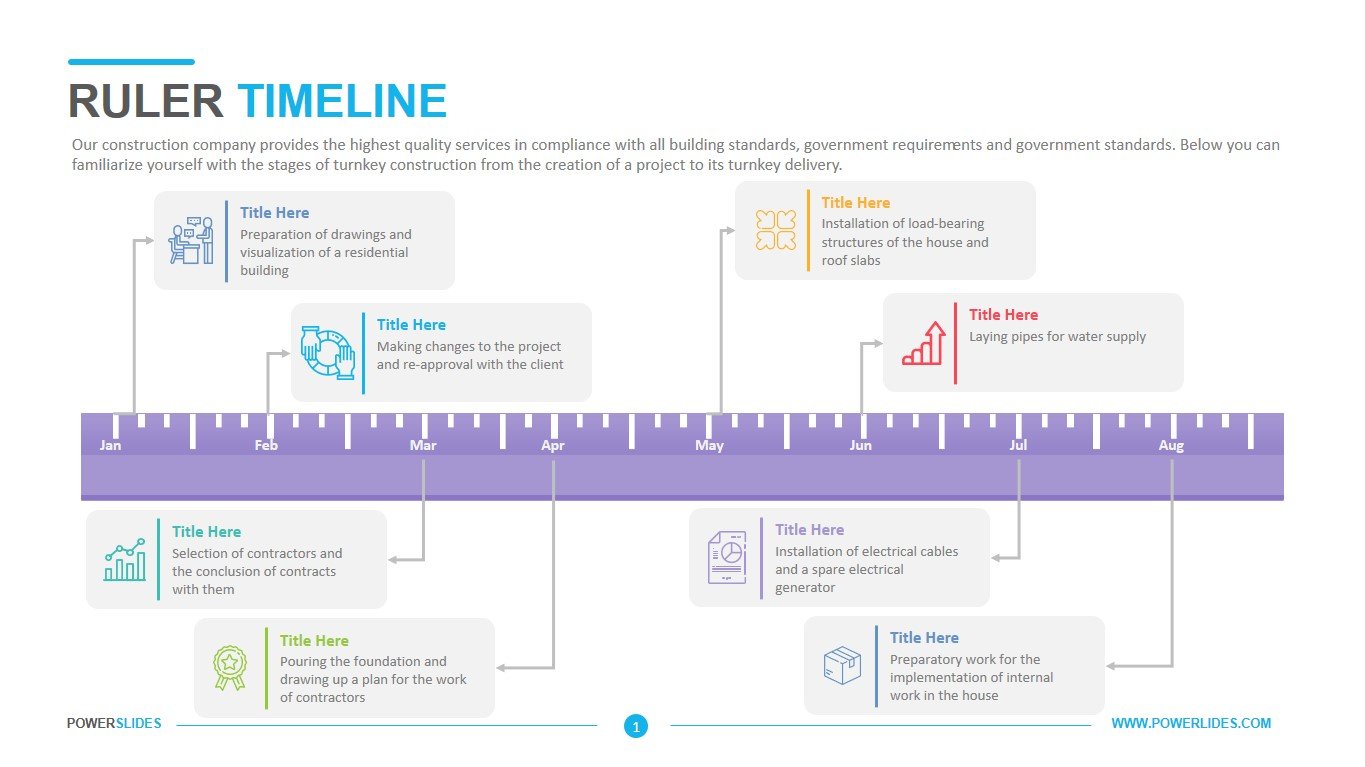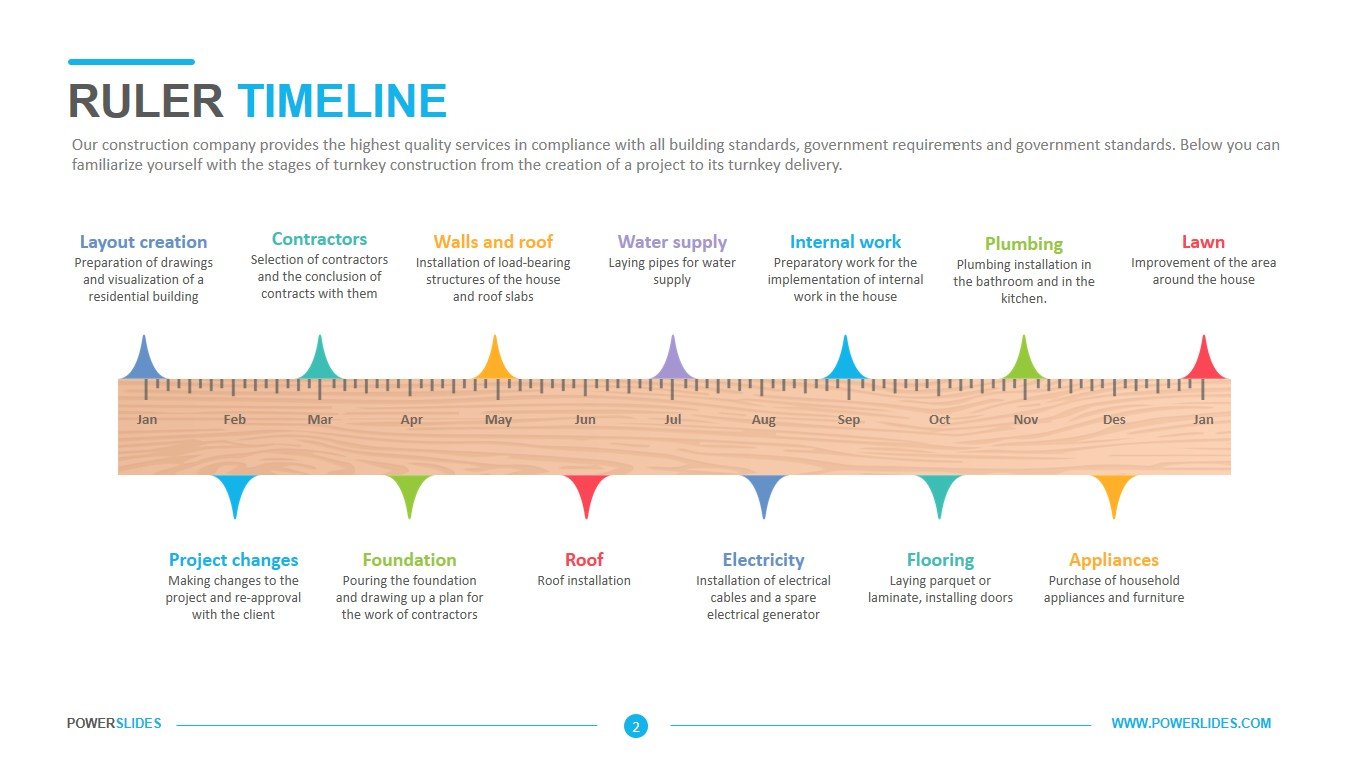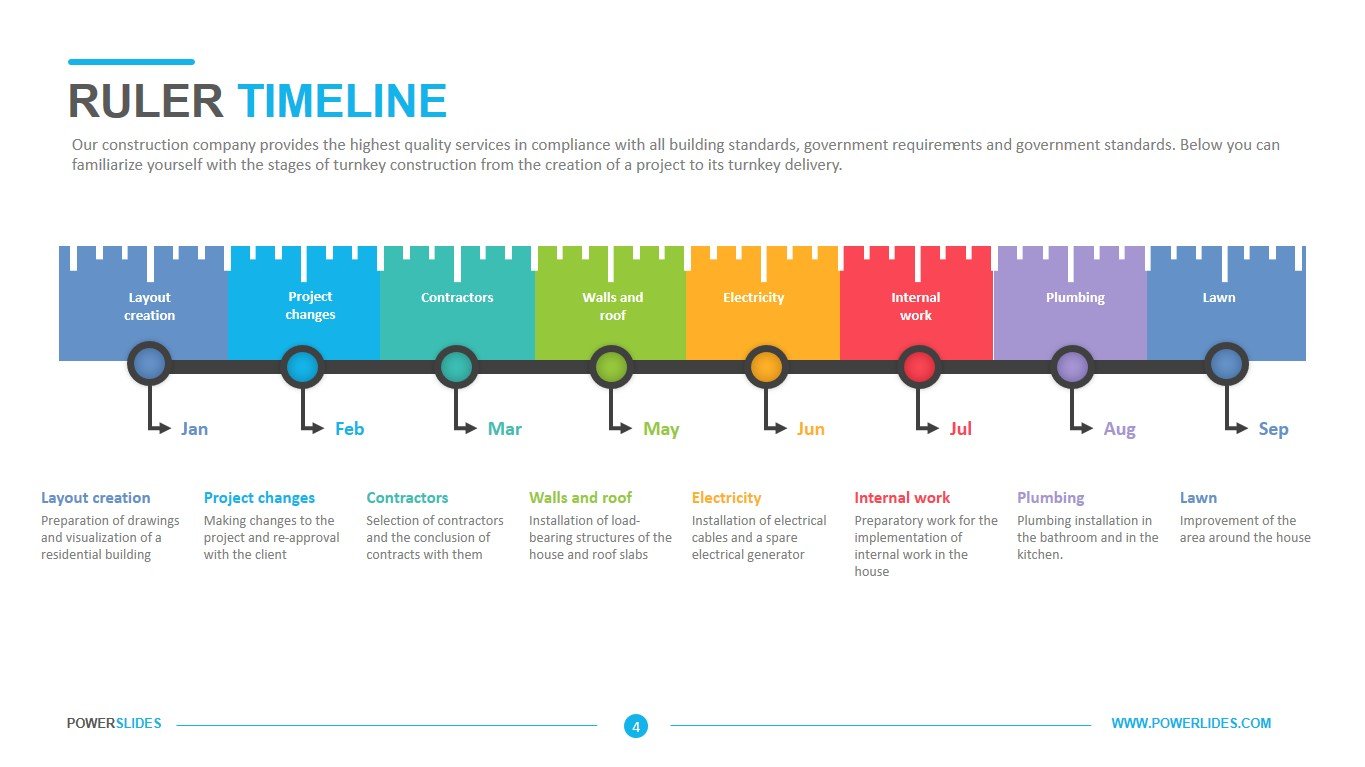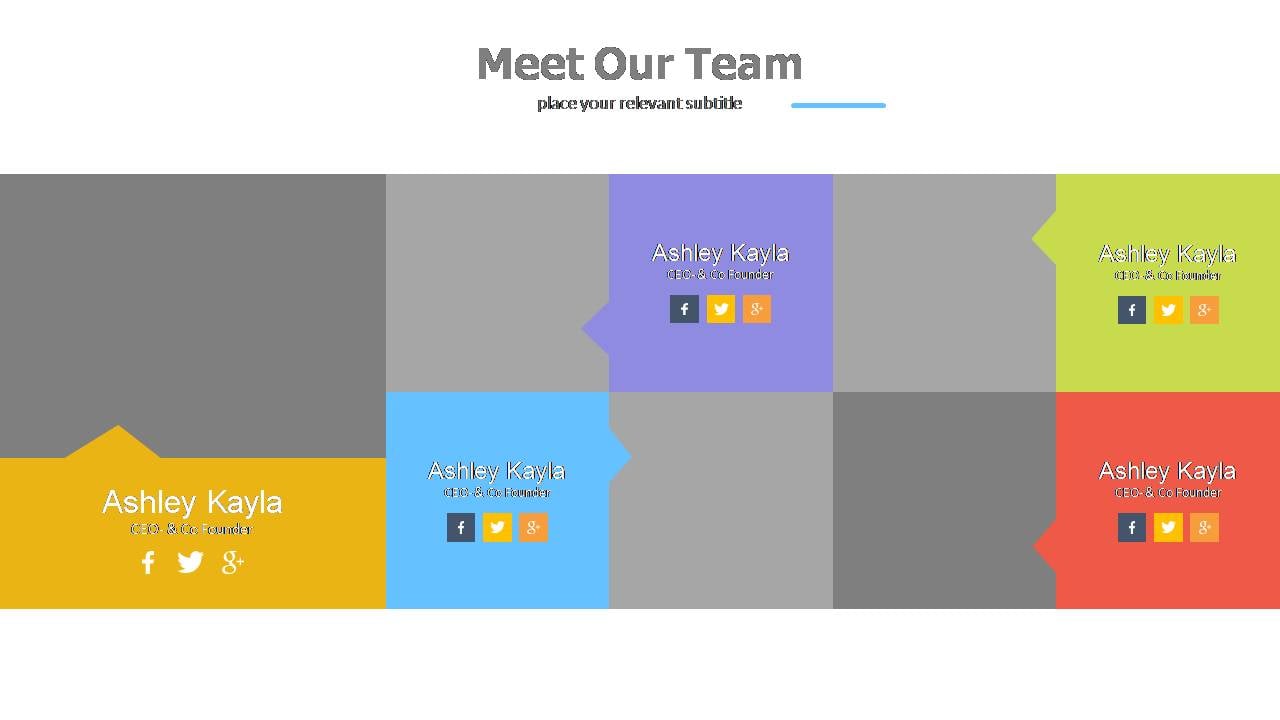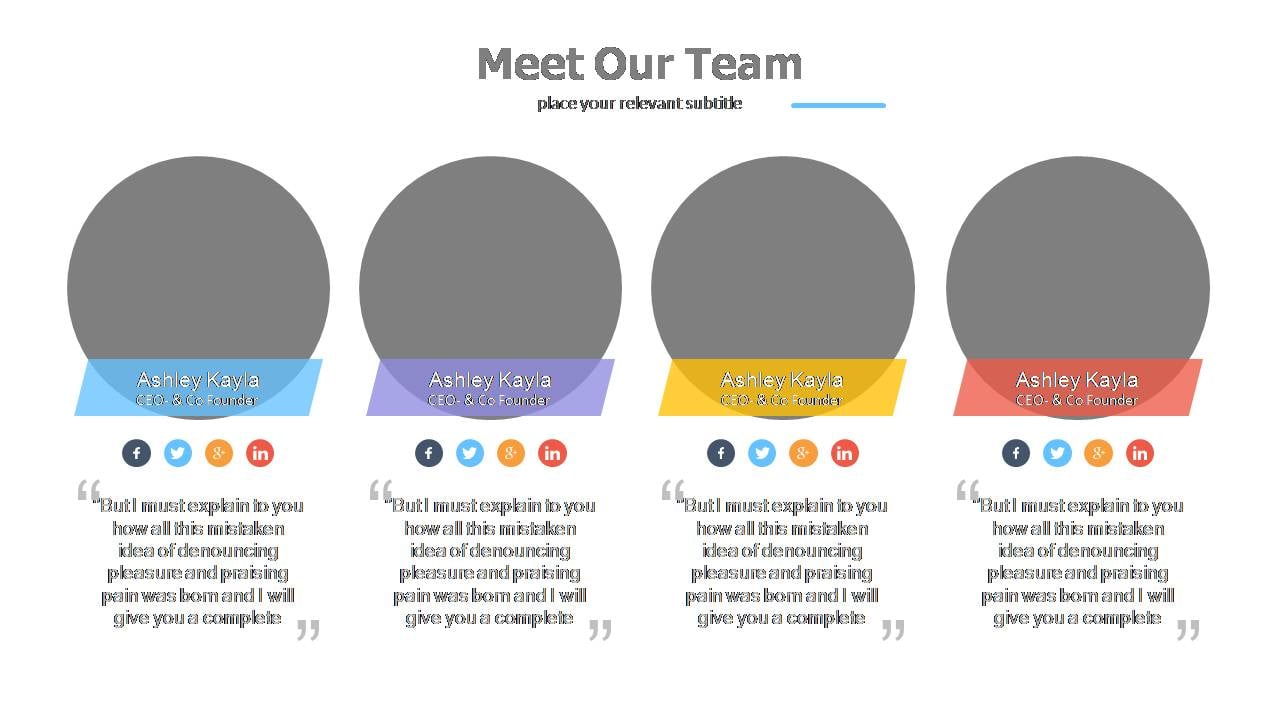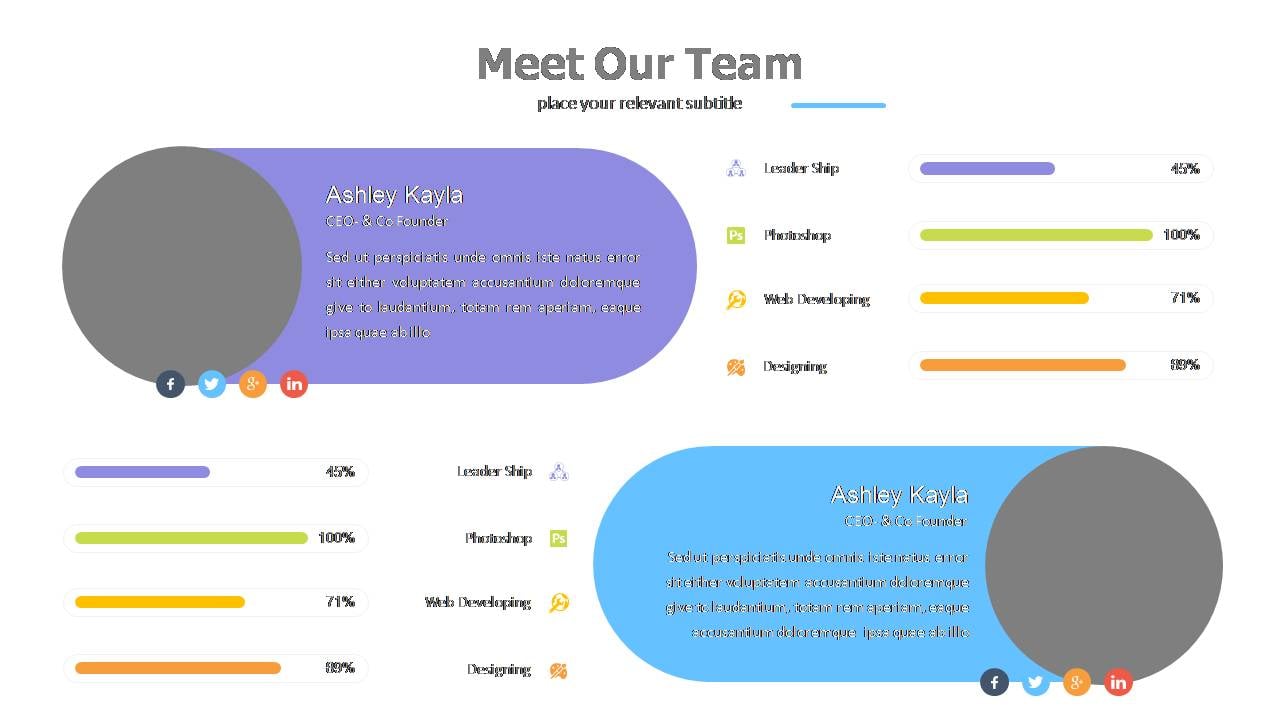Data Transformation
 4 Slides
4 Slides
 File size: 16:9
File size: 16:9 
 Fonts: Lato Black, Calibri
Fonts: Lato Black, Calibri  Supported version
PPT 2010, PPT 2013, PPT 2016
Supported version
PPT 2010, PPT 2013, PPT 2016
Product details
Analyzing information requires structured and accessible data for best results. Data transformation enables organizations to alter the structure and format of raw data as needed. Data transformation is the process of changing the format, structure, or values of data. For data analytics projects, data may be transformed at two stages of the data pipeline. Organizations that use on-premises data warehouses generally use an ETL (extract, transform, load) process, in which data transformation is the middle step. Today, most organizations use cloud-based data warehouses, which can scale compute and storage resources with latency measured in seconds or minutes.
Data transformation may be constructive, destructive, aesthetic or structural. An enterprise can choose among a variety of ETL tools that automate the process of data transformation. Data analysts, data engineers, and data scientists also transform data using scripting languages such as Python or domain-specific languages like SQL.
Transformed data may be easier for both humans and computers to use. Properly formatted and validated data improves data quality and protects applications from potential landmines such as null values, unexpected duplicates, incorrect indexing, and incompatible formats. Data transformation facilitates compatibility between applications, systems, and types of data. Data used for multiple purposes may need to be transformed in different ways.
Data transformation can increase the efficiency of analytic and business processes and enable better data-driven decision-making. The first phase of data transformations should include things like data type conversion and flattening of hierarchical data. These operations shape data to increase compatibility with analytics systems. Data analysts and data scientists can implement further transformations additively as necessary as individual layers of processing.
Before your enterprise can run analytics, and even before you transform the data, you must replicate it to a data warehouse architected for analytics. Most organizations today choose a cloud data warehouse, allowing them to take full advantage of ELT.
This template can be used by data scientists and analysts in their work. For example, you might think of a roadmap for transforming your data into new storage formats that can help you improve decision-making through processing speed. You can also use the slides in this template to prepare information about increasing data protection and improving the reliability of information storage.
This template can be used by university teachers when preparing their courses on the storage and processing of large amounts of information. Also, this template will be useful for heads of startups when preparing to meet with potential investors. You can use the slides in this template to explain information storage and processing techniques when building business processes in your company.
Data Transformation Template consists of four professional and stylish slides. You can independently change the arrangement of blocks and infographics, as well as customize the color scheme according to your corporate requirements. The Data Transformation Template is a must-have for analysts and data scientists. This template’s slides will organically complement and update your old presentations.






